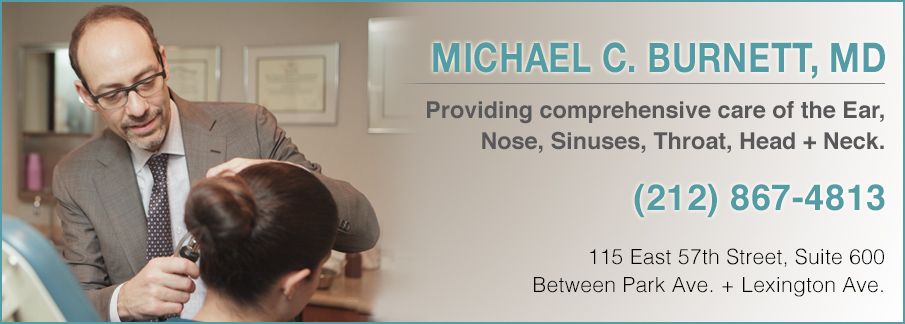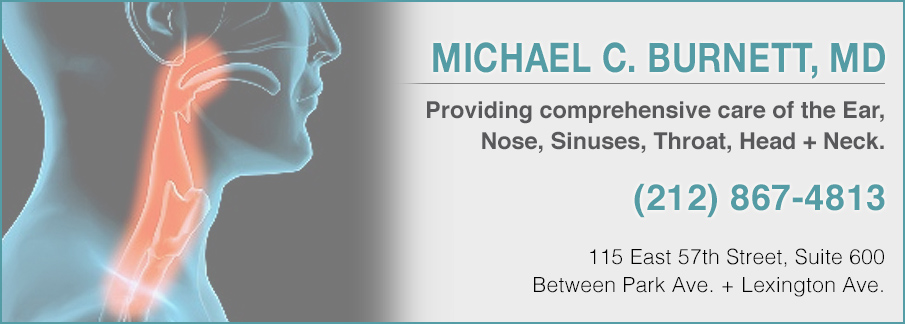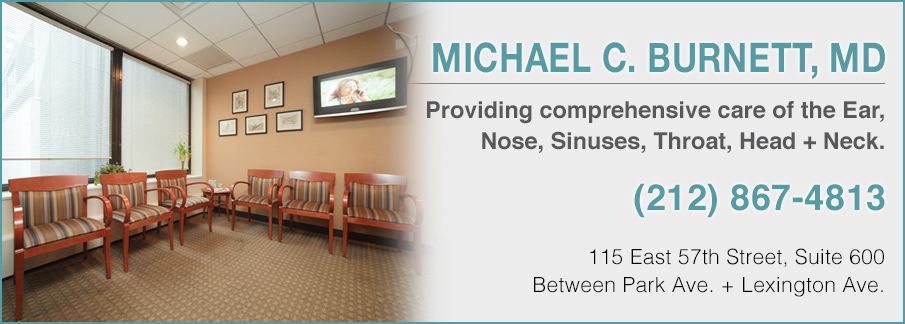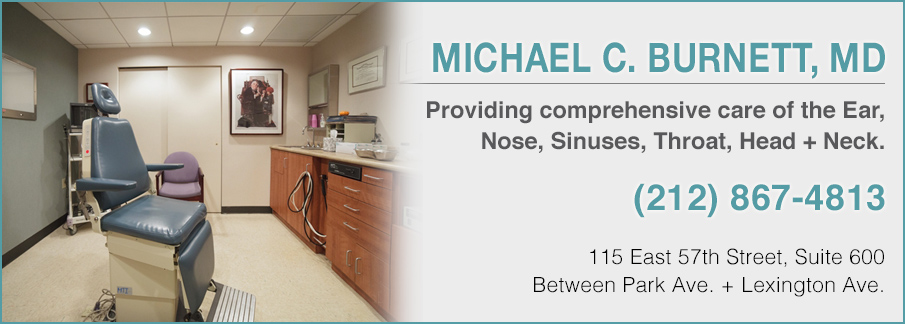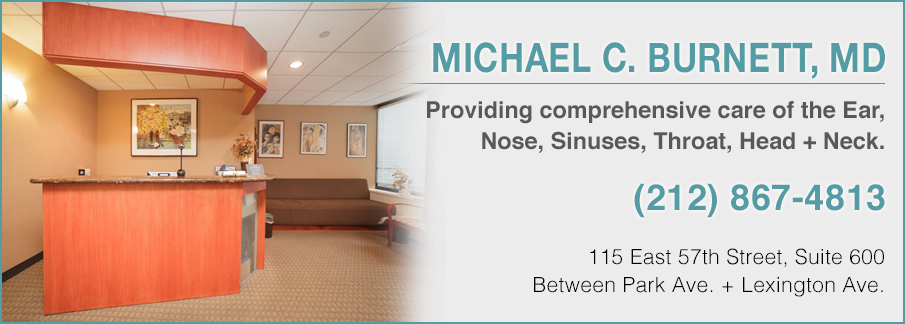Hearing loss is a common problem. Statistics state the number to be one out of every ten Americans. Otolaryngologists, also called ear notes and throat (ENT) specialists are trained to diagnose and treat hearing loss, among other matters. In the past four decades, technology has made it easier for them to address the situation and recommend treatment that works effectively.
Hearing Loss, Technology and Devices
Today, we live in a world where technology rules. It is at the forefront of many medical discoveries. Combining medical research with computers and digital technology has provided us with a wide array of options when it comes to enhancing our hearing. Your ENT specialist will look at a variety of factors before suggesting the best devices for your condition. Under consideration will be:
- Type of hearing loss
- Severity of hearing loss
- Work environment
- Home environment
- Extracurricular activities
These will influence the type of hearing device. Your options will range from simple amplified listening devices such as telephones and alarm clocks to cochlear implants. These are tiny devices surgically implanted in your inner ear. Your NET specialist would suggest these only if you are profoundly deaf.
You can also rely on your hand held devices to help. Such things as cell phones, tablets and laptops allow you to send and receive text messages. This form of technology helps by reducing the chance you will misinterpret or not hear crucial or casual material. Yet, still holding prominence is one of the most common pieces of equipment to help you with your hearing loss. This is a hearing aid.
Hearing Aids
Hearing aids are no longer as heavy or conspicuous as they once were. Digital technology has made them lighter, highly adaptable and more intelligent than ever before. Thanks to the latest technology, hearing aids are now more individualized than ever before. You can order models with special features and programs. Their noise reduction algorithms are very successful at reducing and even removing that annoying whistling of feedback.
Decreased visibility is also a common feature. Depending upon the extent of your hearing loss, you may even wear a model that is hidden inside your ear. In general, hearing aids are available as:
- Behind-the-ear (BTE)
- Mini BTE
- In-the-ear (ITE)
- In-the-canal (ITC)
- Completely-in-canal (CIC)
- These electronic instruments are small, light, removable and individualized.
Technology and Hearing Loss
Computers and the digitalized world have created a shift in the way NET specialists can provide help for those with hearing loss. The latest technology offers options previously lacking. The continued advancement in miniaturization of complex devices and the improvement of many hearing devices bodes well for all who currently have and may soon suffer hearing loss in the future.
Contact us at 212-867-4813 to schedule a consultation.

